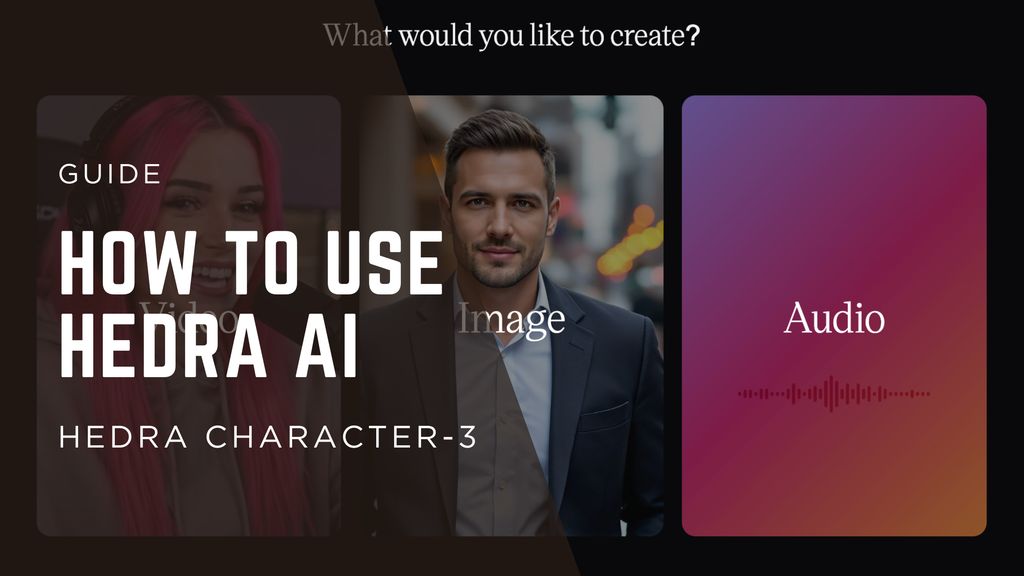How to Use ElevenLabs: Master This AI Voice Generator for Realistic Speech

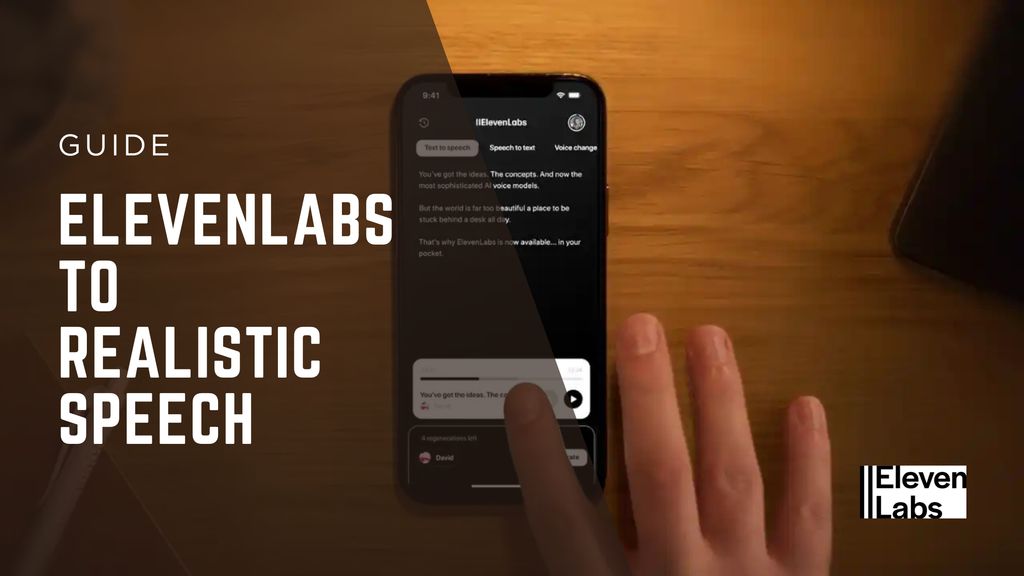
ElevenLabs is rapidly becoming the go-to AI voice generator for creators, marketers, educators, and developers who need hyper-realistic synthetic speech. Whether you're narrating videos, building an AI avatar, localizing content, or designing an interactive voice experience, mastering ElevenLabs unlocks a new level of audio quality and control.
In this guide, I'll break down how to use ElevenLabs effectively - step-by-step - with pro tips, use cases, and a breakdown of features to help you become an AI voice expert.
What is ElevenLabs?
ElevenLabs is an AI-powered voice generation platform known for:
- Ultra-realistic speech synthesis
- Voice cloning (Instant & Professional)
- Multilingual text-to-speech
- Voice design and fine-tuning tools
It stands out for emotional range, inflection accuracy, and developer-friendly APIs.
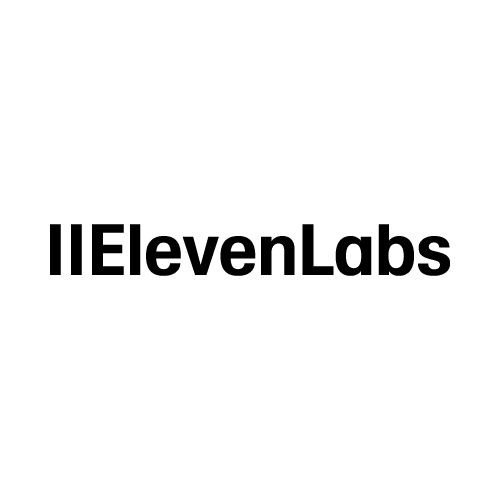
Step-by-Step: How to Use ElevenLabs
1. Create an Account
Go to https://www.elevenlabs.io/ and create an account. You’ll get access to limited free usage and can upgrade plans as needed (based on character count and voice options).
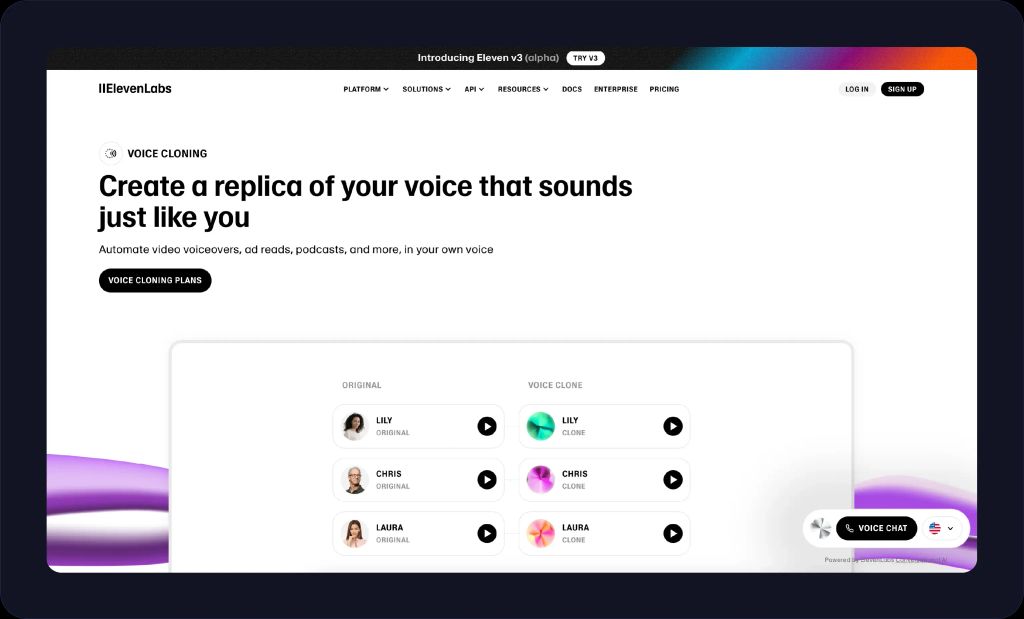
2. Try Instant Text-to-Speech
- Head to the Speech Synthesis tab.
- Type or paste your script.
- Choose from pre-built voices or upload/customize your own.
- Select voice stability, style, and speaker accent.
- Click Generate to preview.
Pro Tip: Add punctuation and paragraph breaks to enhance pacing.
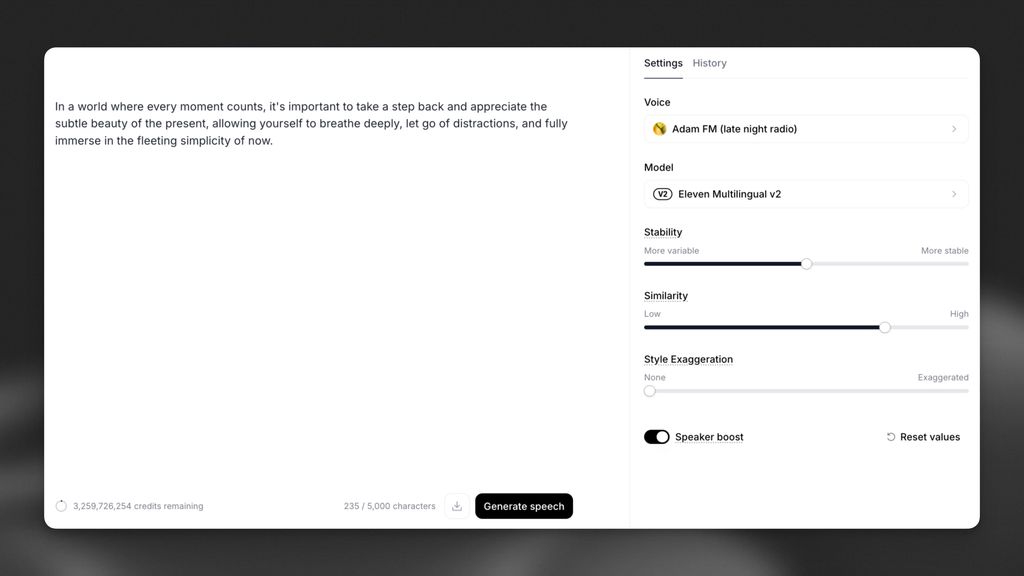
3. Clone Your Voice (Optional)
- Use VoiceLab > Instant Voice Cloning to upload a 1-5 minute audio sample.
- For highest quality, use Professional Cloning which requires 30+ minutes and approval.
Voice cloning works great for:
- Creating AI versions of yourself
- Character voice design for games or animations
- Personalizing explainer videos
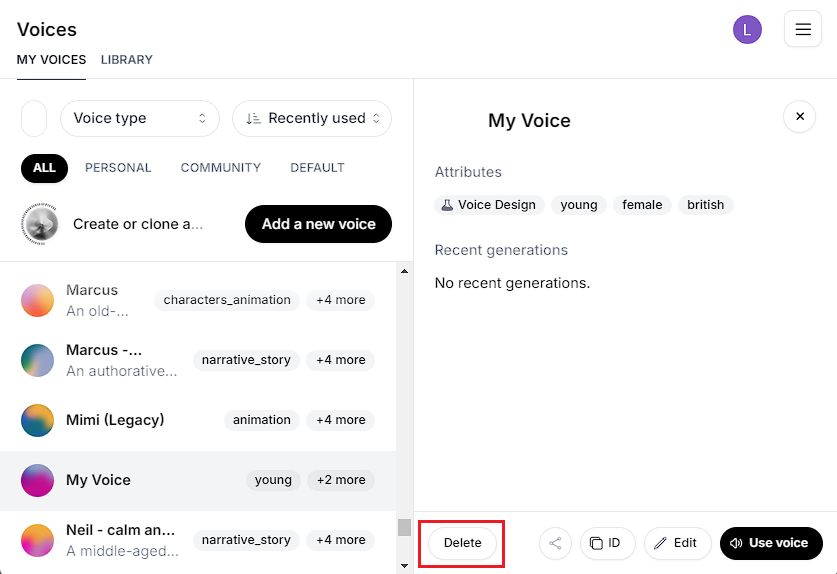
4. Explore Voice Design
- Combine pitch, pace, stability, and style exaggeration to create custom personas.
- Use sliders to adjust expressiveness, clarity, and tone.
Great for:
- Emotional storytelling
- Narration in various moods (dramatic, happy, suspenseful)
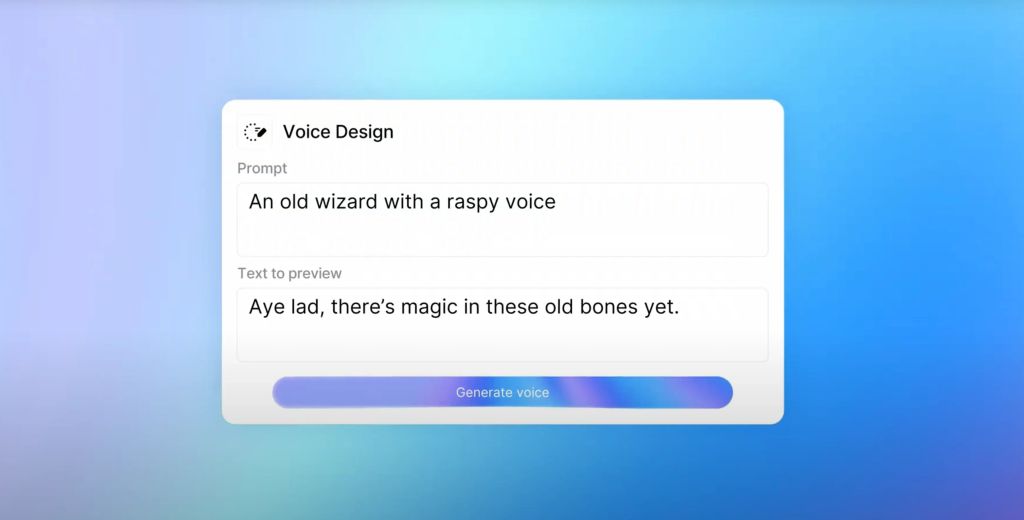
5. Download & Use Your Audio
- After generation, click Download.
- Files are in MP3 or WAV formats-ready for YouTube, TikTok, podcasts, or integrations.
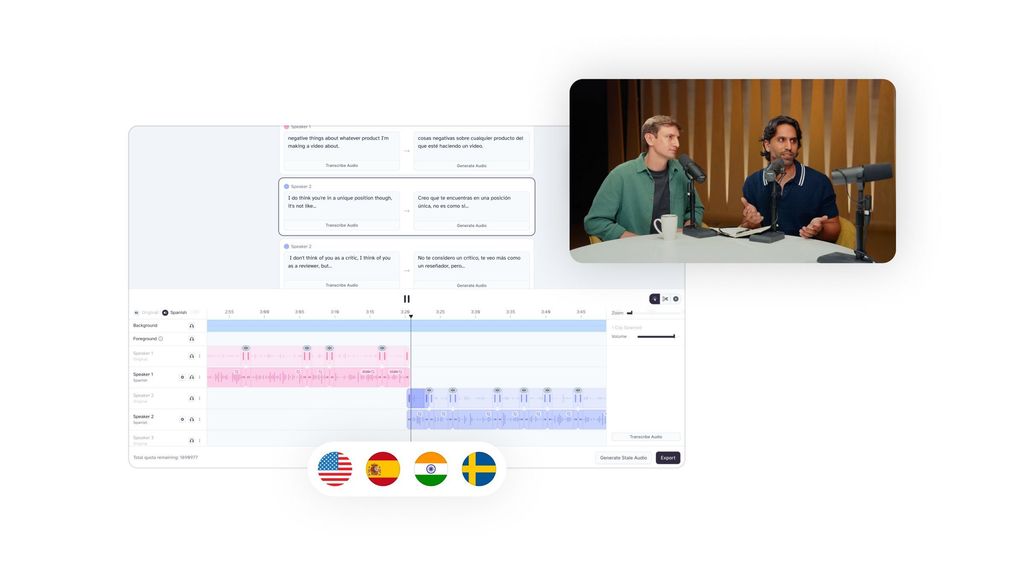
Supported Languages & Accents
ElevenLabs supports 29 languages and automatically detects regional accents. You can:
- Translate scripts with built-in tools
- Maintain vocal identity across different languages
- Adjust delivery style per language (e.g., fast-paced for English, calm for Japanese)
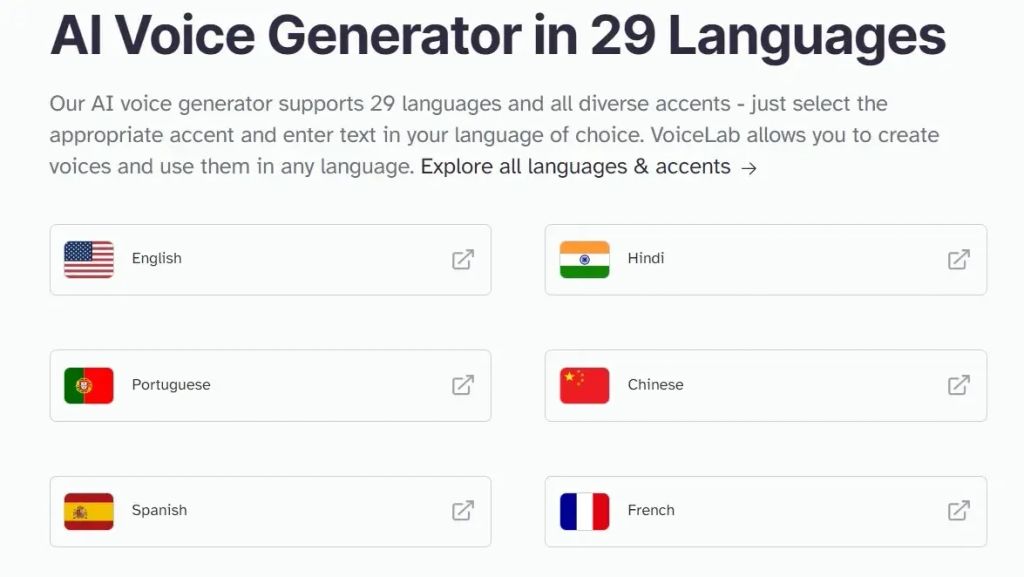
ElevenLabs API (For Devs)
Use ElevenLabs' robust API to:
- Power chatbots with realistic speech
- Auto-narrate blog posts or apps
- Create dynamic content generation systems
The API supports:
- Real-time generation
- Voice switching on-the-fly
- Synchronous & asynchronous requests
Docs here: https://docs.elevenlabs.io
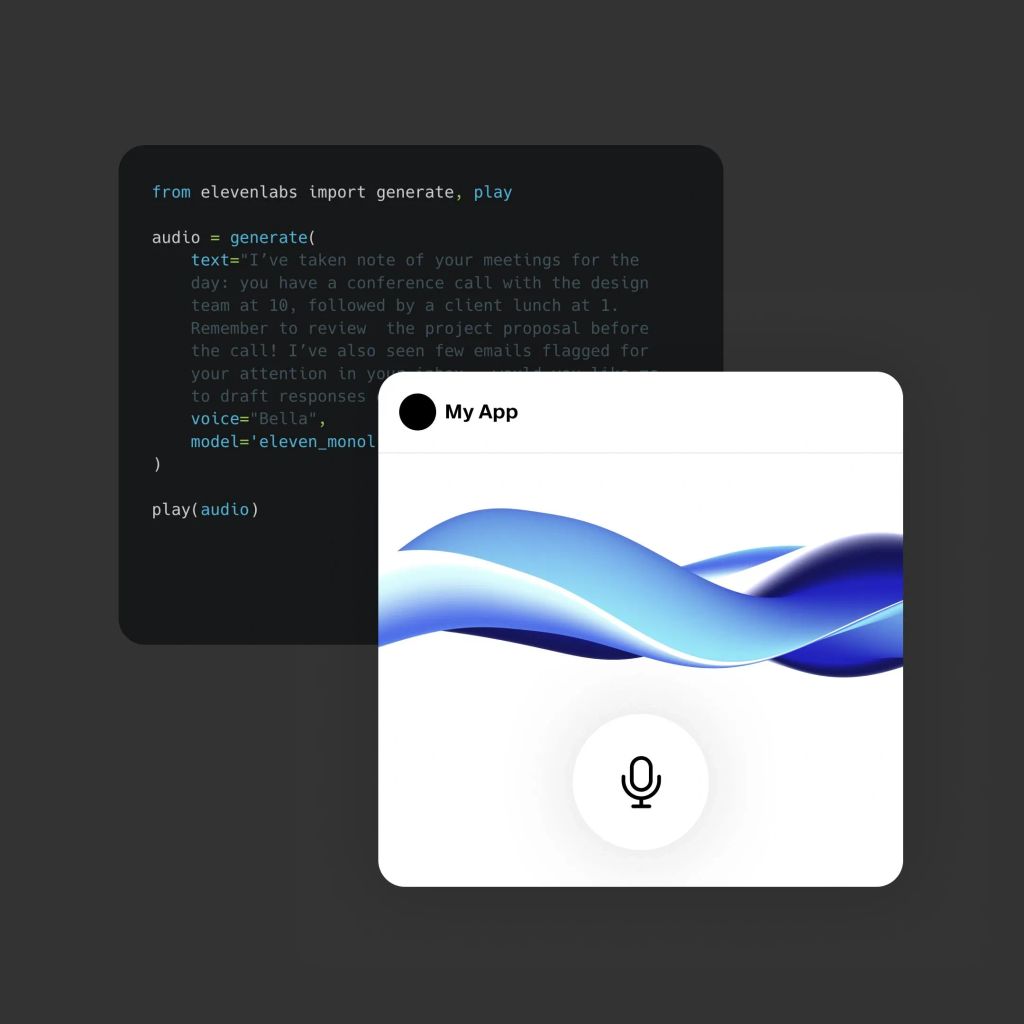
Top Use Cases
Use Case | How ElevenLabs Helps |
|---|---|
YouTube Narration | Use dramatic or calming voices to boost retention |
AI Avatars | Sync realistic voices with lip-sync video models like D-ID |
eLearning | Turn courses into multilingual voice modules |
Localization | Voice clone & translate content for global reach |
Video Games / NPCs | Add emotion-rich, consistent character voices |
Pro Tips for Realistic Output
- Use shorter sentences for better intonation.
- Write like you speak - natural phrasing increases realism.
- Use the "stability" slider to manage emotional consistency.
- Add [pause], [laugh], or custom phoneme markers for better timing (in dev mode).
Best Alternatives or Complementary Tools
If you're pairing ElevenLabs with visuals or avatars, try:
- D-ID: Talking head avatars synced with ElevenLabs audio
- Pika or Kling 2.1: Add cinematic video to narrated content
- Runway Gen-4: AI video with strong visual storytelling
- Magic Hour: Fine-tuned control over lip sync & facial expression
Final Thoughts
ElevenLabs is not just a TTS tool - it's a full creative voice suite. Whether you're automating content at scale or perfecting the voice of a single character, mastering ElevenLabs means bringing voice to life with clarity, emotion, and authenticity.
Start with basic generation, then experiment with cloning, emotion tuning, and API workflows - and you'll quickly hear the difference.



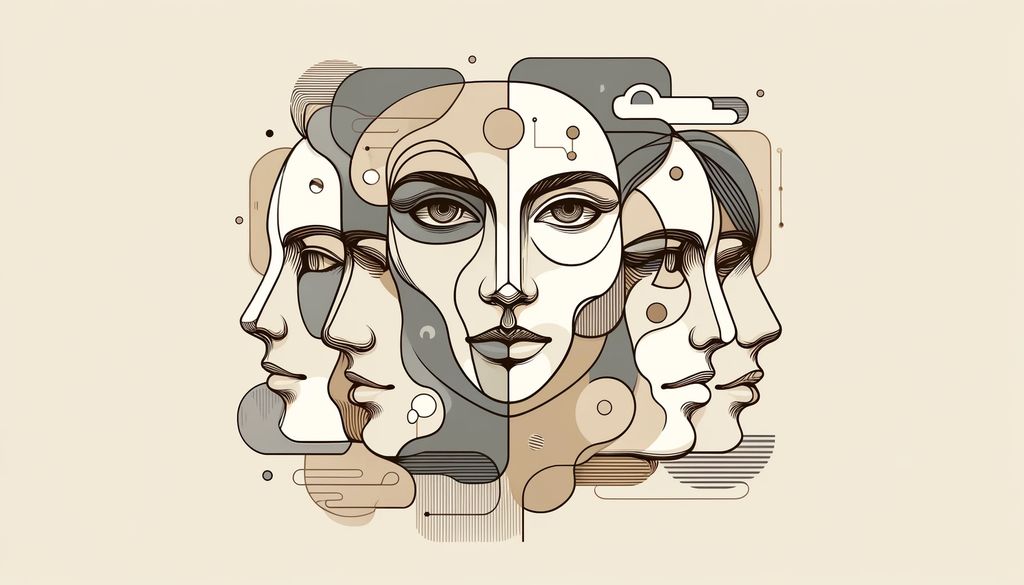
.jpg)

